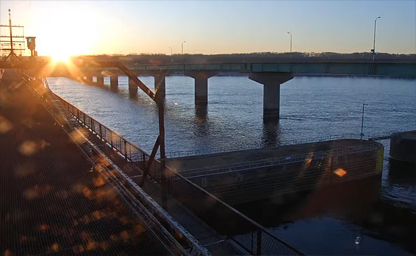
Mississippi River Lock 19
364.2 miles above the confluence of the Mississippi and Ohio rivers

364.2 miles above the confluence of the Mississippi and Ohio rivers
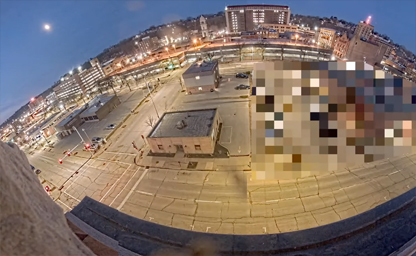
The eighth-most populous county in Iowa
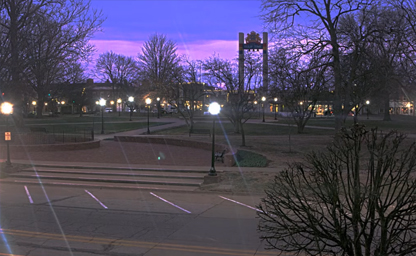
From the Scholte House balcony facing south to Central Park

The capital city of Iowa
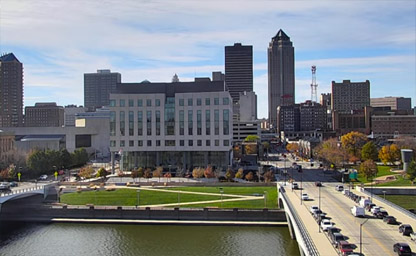
The capital and the most populous city in Iowa
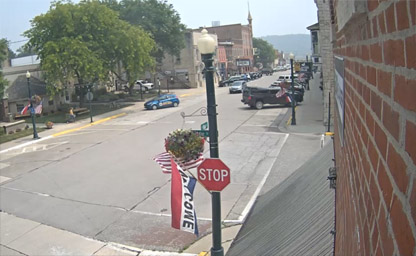
It is the county seat of Clayton County
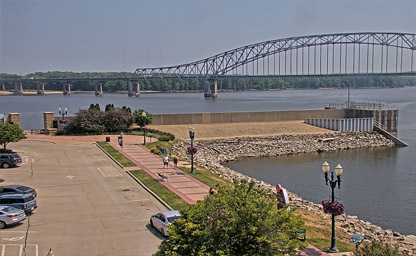
The marina is a full service marina and sits at the edge of Dubuque
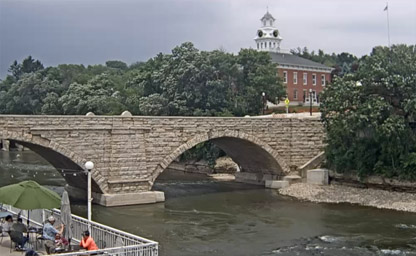
A historic structure situated in Elkader, Iowa
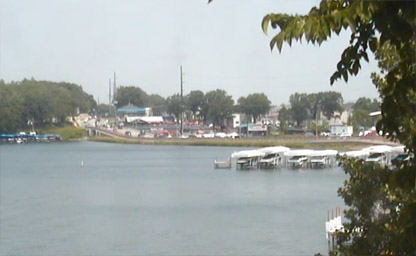
Situated along the western shore of East Okoboji Lake
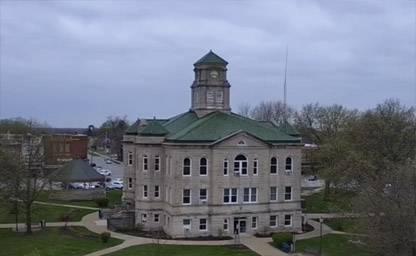
Situated in the county seat of Centerville
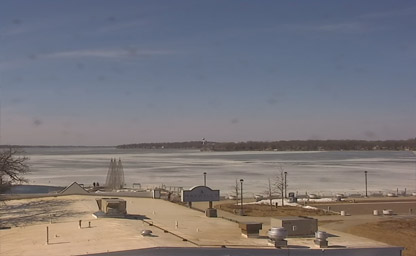
A beautiful city in Dickinson County, Iowa
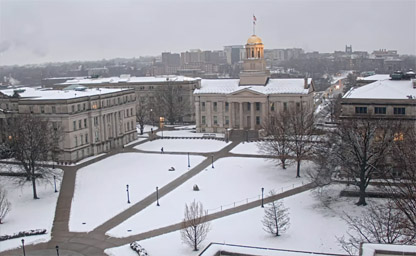
The Pentacrest is that area of the campus bounded by Clinton Street
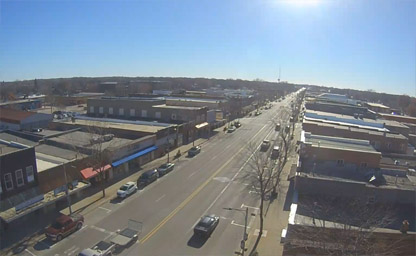
Situated at the confluence of the Ocheyedan and Little Sioux rivers
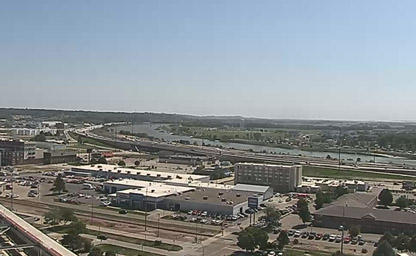
Woodbury County, of which it is the county seat
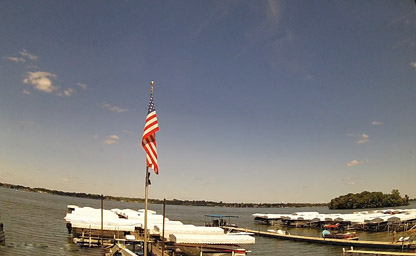
Beautiful Clear Lake in North Central Iowa
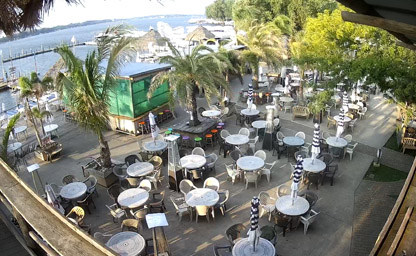
Lumber for this tiki hut came from the storage and shelving racks of historic Okoboji Boats
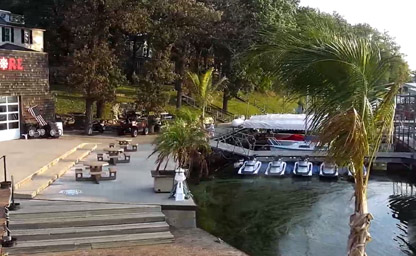
Free-up your garage this winter and let Parks Marina handle your storage needs this year
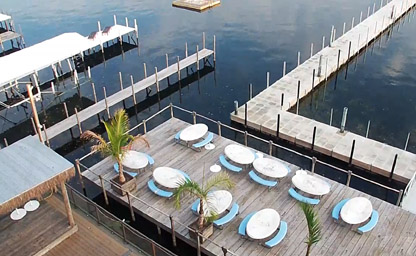
This is a live image from our web cam that is mounted on our roof
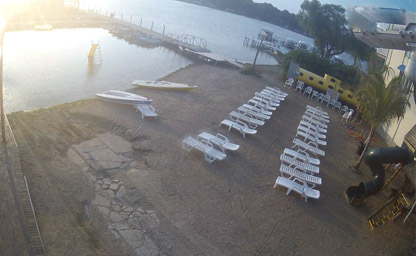
Nestled on the banks of beautiful Lake Okoboji, we offer the ultimate boat buying experience - from sales to service

Whatever your plans may be this year, consider the convenience of a hoist rental from Parks Marina
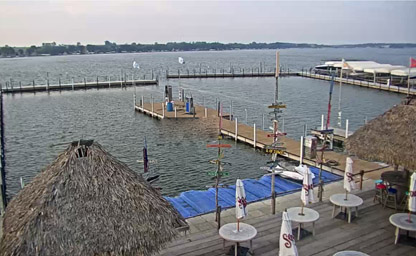
This is a live image from our web cam that is mounted inside our indoor showroom
Iowa, a gem of the Midwest, offers a unique opportunity to explore its charm and beauty through live streaming tourist webcams. From the serene countryside to bustling cityscapes, these webcams provide a real-time window into the heart of the Hawkeye State. Experience the majesty of nature with views of rolling farmlands and picturesque state parks, or get a taste of vibrant urban life in cities like Des Moines and Cedar Rapids. Whether it's watching the Mississippi River flow along the eastern border or catching a glimpse of iconic landmarks like the Iowa State Capitol, these live streams allow you to immerse yourself in the state's diverse landscapes and cultural attractions. Perfect for armchair travelers, these webcams showcase Iowa's hospitality and allure, making it a destination worth exploring virtually or in person.
Iowa, nestled in the heart of the American Midwest, has a rich history that stretches back thousands of years. Long before European settlers arrived, the land was home to Native American tribes, including the Sioux, Meskwaki (Fox), Sauk, and Ioway, from which the state takes its name. These tribes lived off the land, cultivating crops such as corn and beans and utilizing the Mississippi and Missouri Rivers for trade and transportation. Archaeological sites like Effigy Mounds National Monument preserve evidence of these early cultures, with ceremonial mounds shaped like animals offering a glimpse into their spiritual and societal practices.
The first Europeans to explore the region were French explorers Jacques Marquette and Louis Jolliet in 1673. As part of the Louisiana Territory, Iowa changed hands between France and Spain before becoming part of the United States through the Louisiana Purchase in 1803. American settlers began to arrive in significant numbers during the early 19th century, spurred by treaties that displaced Native American tribes and opened the land for farming.
Iowa officially became the 29th state of the United States on December 28, 1846. Its fertile soil and flat terrain made it ideal for agriculture, leading to its nickname, the "Breadbasket of the World." By the mid-19th century, Iowa had become a hub for wheat, corn, and livestock production, fueling the state's economy and cementing its identity as an agricultural powerhouse. The Homestead Act of 1862 further encouraged settlement, with families establishing farms across the vast prairies.
During the Civil War, Iowa played a significant role despite being far from the battlefront. The state contributed a large number of soldiers to the Union Army and was a staunch supporter of abolition. Post-war, Iowa entered a period of rapid modernization, with railroads crisscrossing the state and connecting its cities and farms to national markets. This period also saw the establishment of several higher education institutions, such as the University of Iowa, which became a center for research and culture.
The 20th century brought further transformation to Iowa. The agricultural industry continued to dominate, but the state also saw growth in manufacturing and technology. Towns like Cedar Rapids and Davenport became centers of commerce and innovation, while Des Moines, the state capital, emerged as a hub for insurance and finance. The Great Depression of the 1930s hit Iowa's farmers hard, but federal programs and the resilience of its communities helped the state recover.
Today, Iowa is known for its balance of tradition and progress. While agriculture remains a cornerstone of its economy, the state has diversified into renewable energy, advanced manufacturing, and biosciences. Its history is celebrated in museums, festivals, and landmarks that pay tribute to the pioneers, Native Americans, and innovators who shaped its story.
Iowa experiences a humid continental climate, characterized by four distinct seasons that bring dramatic changes in weather throughout the year. The state’s location in the central United States exposes it to both Arctic air masses and warm, moist air from the Gulf of Mexico, creating a wide range of temperatures and precipitation patterns.
Winter in Iowa, lasting from December to February, is typically cold and snowy. Average temperatures range from 14°F (-10°C) to 31°F (-1°C), with occasional cold snaps that can bring subzero conditions. Snowfall is common, particularly in the northern parts of the state, making it a picturesque time for those who enjoy winter sports and activities. However, blizzards and icy conditions can also occur, emphasizing the need for caution during travel.
Spring, from March to May, is a season of renewal and transition. Temperatures gradually rise, ranging from 40°F (4°C) in early March to around 70°F (21°C) by May. This season also brings increased rainfall, essential for the growth of crops like corn and soybeans that dominate Iowa’s agricultural landscape. However, spring is also tornado season in Iowa, with thunderstorms and severe weather being relatively common.
Summers in Iowa, from June to August, are warm and often humid. Average daytime temperatures hover between 70°F (21°C) and 90°F (32°C). The state’s long summer days are ideal for outdoor activities, including visits to its numerous lakes, rivers, and state parks. Heatwaves can occasionally occur, particularly in July and August, but these are usually offset by cooler evenings. Summer is also a time for festivals and fairs, including the iconic Iowa State Fair, which draws visitors from across the nation.
Autumn, from September to November, is one of the most beautiful times of the year in Iowa. Temperatures range from 50°F (10°C) to 70°F (21°C), and the humidity of summer gives way to crisp, clear days. The state’s forests and farmlands burst into vibrant colors as the leaves change, creating stunning landscapes that attract leaf-peepers and photographers. Harvest season is in full swing during this time, making it a busy yet festive period in Iowa’s rural communities.
Iowa’s weather can be unpredictable, with sudden shifts in temperature and conditions. Despite this, the state’s climate is integral to its identity, shaping its agriculture, outdoor activities, and cultural traditions. Visitors are advised to check the forecast and dress in layers to prepare for the variability that Iowa’s climate often presents.
Iowa’s geography is defined by its rolling plains, fertile farmland, and numerous rivers. Covering an area of 56,272 square miles, the state is bordered by Minnesota to the north, Wisconsin and Illinois to the east, Missouri to the south, and Nebraska and South Dakota to the west. The state’s location in the central United States makes it a key player in national transportation and commerce.
The eastern border of Iowa is formed by the Mississippi River, which provides stunning scenic views and opportunities for recreation, such as boating, fishing, and birdwatching. Cities like Dubuque and Davenport lie along the river, blending historical charm with modern amenities. The western border is defined by the Missouri River and the Big Sioux River, which offer similar recreational opportunities and are vital to the state’s agricultural and trade industries.
Central Iowa is dominated by the Des Moines Lobe, a glacially formed region characterized by flat to gently rolling terrain. This area is the heart of Iowa’s agricultural production, with vast fields of corn and soybeans stretching to the horizon. The rich, dark soil of this region, known as mollisol, is among the most fertile in the world.
In the northeastern part of the state, the Driftless Area stands out for its rugged landscape of hills, bluffs, and valleys. Unlike the rest of Iowa, this region was not flattened by glaciers, resulting in a unique topography that includes limestone cliffs and caves. The Effigy Mounds National Monument and other natural areas make this a popular destination for hiking and sightseeing.
Southern Iowa features rolling hills and prairies, along with forests and wetlands that provide habitats for a diverse array of wildlife. The Loess Hills, located along the western border, are another geographical highlight. These unique landforms, composed of windblown silt, create a striking and rare landscape that is found in only a few places worldwide.
Iowa’s extensive network of rivers, including the Cedar, Iowa, and Wapsipinicon Rivers, plays a crucial role in the state’s geography and economy. These waterways provide irrigation for crops, support transportation, and offer recreational opportunities for residents and visitors alike.
New Tip: For a unique experience, visit the Field of Dreams Movie Site near Dyersville, where you can walk through the iconic baseball field featured in the classic film. An interesting fact: Iowa produces more corn than any other state in the U.S., making it a cornerstone of the country’s agricultural output and a vital player in global food production.